Human Hibernation - Possible Solutions
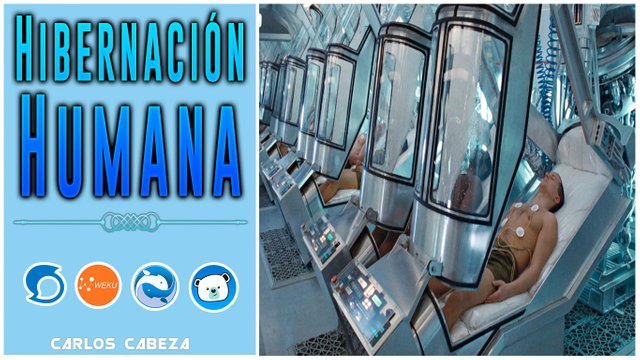
A recent example is the movie "Passenger" starring Chris Pratt and Jennifer Lawrence. Where the couple travels to different planetary systems using hibernation capsules to reach their destination, the entire journey took about 90 years.
This technology has been seen in many science fiction stories, and is used to prevent the degeneration of human organs during very long journeys through space. In real life it has also been used, but in a very limited way, covering only the preservation of certain organs such as the heart, to preserve them by using a type of cryogenic state that avoids degeneration until it is implanted in some patient.
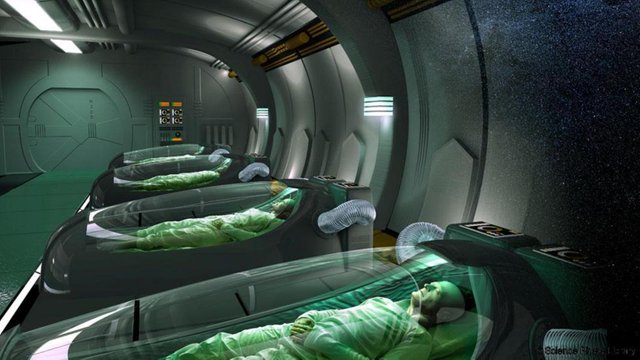
Similarly, many animal species have this incredible ability in a natural way, almost completely stopping their metabolic system from overcoming long periods without food or surviving extreme climates. Using hibernation as a survival strategy some animals such as brown bears, squirrels, hedgehogs, bats and in particular the dwarf lemur (the only primate with this capacity), are able to drastically reduce their metabolism (pulsations, circulation, respiration, thermal regulation) entering a state of lethargy that allows them to survive for certain periods of time.
Is Hibernation Possible in Humans?
Within the scientific community there are many efforts to replicate in human beings this behavior that from the physiological point of view seems impossible. The option of using cryostasis as an alternative to conserve the human body is limited by the fact that the human body naturally regulates its temperature when it is warm-blooded. In addition, reaching too low temperatures creates ice crystals that destroy the tissues of the organs, producing irremediably fatal consequences.
Many researchers such as Doctor Rob Henning have been troubled by the question of whether humans could hibernate without suffering serious collateral damage. Henning is currently conducting research that promises great findings on the subject of Hibernation in humans; using "induced hibernation" through the application of hydrogen sulfide (H2S) which activates a responsible enzyme that tissues regenerate immediately after hibernation.
The renowned anesthesiologist reached this conclusion by subjecting several laboratory mice to experiments, in which he was able to identify this component as responsible for regenerating tissues that are damaged after long periods of lethargy, in animals that commonly hibernate naturally.
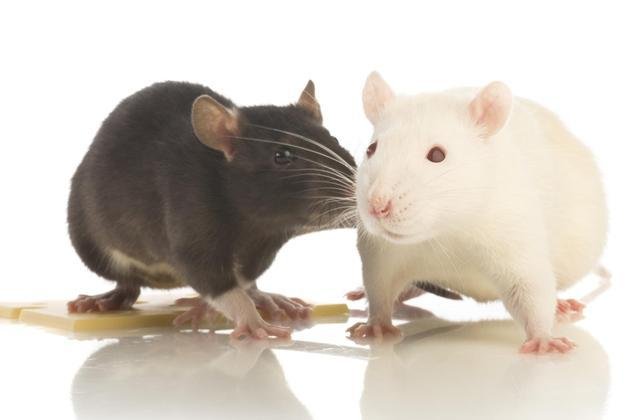
The researchers tested this theory in mice that do not hibernate normally, observing that the enzyme in question plays a fundamental role in the regeneration and protection of tissues, but is it possible that this also happens in humans?
Therapeutic hibernation is a technique that is currently being used in many areas of medicine, especially in surgeries, where it serves as a complementary technique to general anesthesia to reduce heart rate and blood supply to critical areas in operations.
But it is clear that the use of hydrogen sulfide requires much more research to determine what impact it has on the human body, it is essential to deepen on the preparation prior to hibernation and what conditions must be taken into account for a human being to hibernate without subsequent risks.

Source: Duke Lemur Center EEUU / David Haring Duke Lemur Center
Other important research regarding human hibernation for medical purposes or space aeronautics is carried out by IMIM (Hospital Institute of the Sea of Medical Research), the Duke Lemur Center and Duke University, North Carolina. Where, for the first time, research is being carried out on the regulation of genes in hibernating primates.
As mentioned above, the thick tailed dwarf lemur (Cheirogaleus medius) is an exceptional species, as it is the only primate capable of entering periods of lethargy surviving only with the lipids stored in its large tail.
This research has great potential for success since it is the first time that a species so close to us has been studied, thus increasing the long-term probabilities that the discoveries can be used in humans.
The scientists of the Duke Lemur Center use a technique called "RNAseq" that allows to observe in a global way, which genes are manifesting and thus to be able to quantify them, with this it is possible to identify the genes involved in the process of hibernation.
Scientists say that it is wrong to think that hibernation is only linked to cold, in the case of thick tailed lemurs, it is more related to lack of resources, as these incredible animals live in a tropical area of Madagascar. The study collected adipose tissue samples from the tails of animals at different times of the year, even when they hibernate, identifying a total of 90 genes that influence the regulation of appetite and the biological rhythms of the animal.
"We have analysed the changes in the expression of these genes in the adipose tissue of the tail of the primate", explains Villanueva. "The results tell us, for example, that the genes that regulate intake are overexpressed just before the animal starts hibernating. The lemur eats compulsively before submitting to lethargy in order to have reserves that allow it to subsist during this dry season". Dr. José Luis Villanueva-Cañas explains.
This study represents another advance in the use of hibernation in the field of medicine and astronautics, which will bring the human being closer to achieving the adaptation of the organism to hostile situations and environments.
There is another method in modern medicine that uses hypothermia as a technique to perform complex cardiac operations, diverting the blood to a machine that gradually cools it until the body temperature reaches 18°C, inducing a controlled cardiocirculatory, which allows doctors to operate without blood in the organ optimizing the results.
The patient practically remains lifeless for about 40 minutes entering a state known as suspended animation, this technique has shown good results in diseases such as pulmonary hypertension, thrombosis problems and brain injuries, this gives doctors necessary time to take appropriate measures and deal with problems.
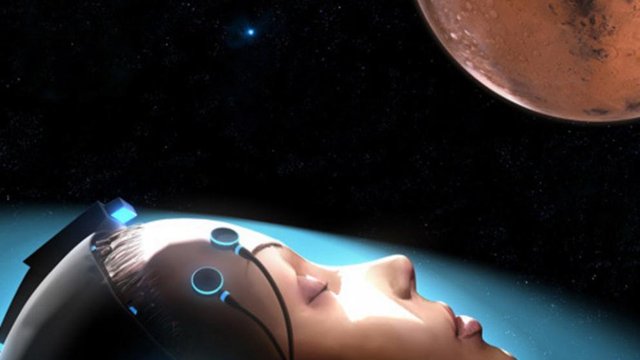
Taking this technique as its inspiration, the company ["Spaceworks"] ( http://spaceworkseng.com/) is exploring alternatives in which the body is not completely frozen, but is kept below the normal body temperature of 37°C.
For Spacework it is vital to find a technology that allows us to keep our bodies intact after long periods of time immersed in a hibernation induced by therapeutic hypothermia.
In 2013 the company was one of the subsidized by NASA to start the Human Hibernation (HH) project in charge of taking astronauts to future trips to Mars, the project is called "Torpor Inducing Transfer Habitat For Human Stasis To Mars").
For Spacework the key to stasis is in the cold, because it slows down the functioning of the internal organs and the heartbeat and decreases the metabolic system, so the organic system needs less sustenance.
Unlike doctors who use Therapeutic Hypothermia for minutes or a few hours, the great challenge of the company is to be able to use this procedure for several days, even months, to reach the 180 days in which the trip to Mars is estimated.
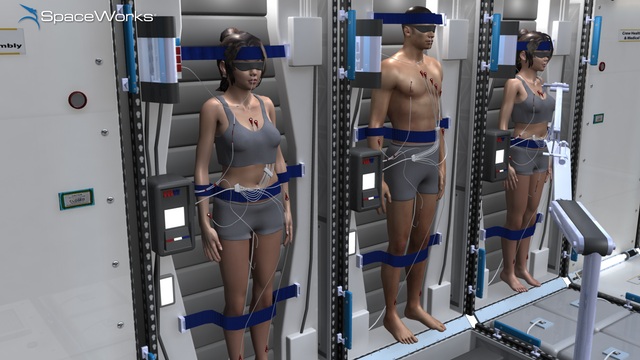
Spacework engineers plan to use open cabins where several travelers could be under therapeutic hibernation, unlike the already known hermetic cabins we see in the movies.
A robot in the central part will be in charge of supplying the necessary nutrients to keep the space crew alive by supplying intravenously the minimum amount of amino acids and dextrose lipids necessary to keep a person alive, in addition it will be in charge of providing small electrical discharges to avoid muscular atrophy.
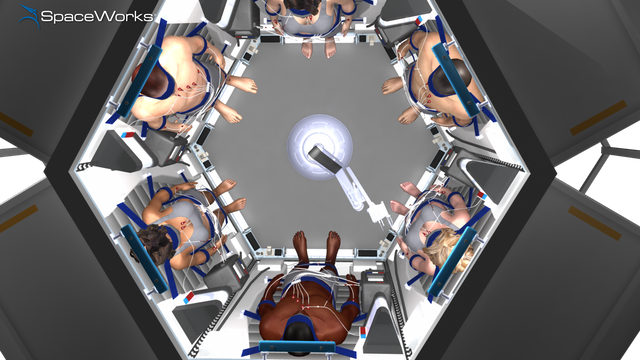
This procedure will drastically reduce the resources and space needed to keep a crew in a state of lethargy compared to those needed for a conscious crew.
According to the engineers, the temperature of the travellers' bodies can be regulated by means of transnasal devices in charge of the cooling and heating processes. In addition, since some crew would be needed to pilot the ship, the possibility is foreseen that some crew members can enter and leave the lethargic state and thus be able to make scheduled shifts for space navigation and maintenance.
According to Spacework reports, it is expected that physiological tests with animals and human beings are planned for the coming years to study the scope of the investigations and the possible test by sending a group of animals in a state of hibernation induced by therapeutic hypothermia and to quantify the related impacts.


Encuéntrame en:
Posted from my blog with SteemPress : http://carlos-cabeza.vornix.blog/2018/11/21/human-hibernation-possible-solutions/
Posted from my blog with SteemPress : http://carlos-cabeza.vornix.blog/2018/11/21/human-hibernation-possible-solutions/
This post got an extra 5 power for following us
Follow @elsurtidor to get biggest votes in your next posts
Congratulations @carlos-cabeza! You have completed the following achievement on the Steem blockchain and have been rewarded with new badge(s) :
Click here to view your Board of Honor
If you no longer want to receive notifications, reply to this comment with the word
STOPDo not miss the last post from @steemitboard: